I've declared a function that will be used to calculate the convolution of an image using an arbitrary 3x3 kernel. I also created a script that will prompt the user to select both an image as well as enter the convolution kernel of their choice. However, I do not know how to go about dealing with negative pixel values that will arise for various kernels. How would I implement a condition into my script that will deal with these negative values?
This is my function:
function y = convul(x,m,H,W)
y=zeros(H,W);
for i=2:(H-1)
for j=2:(W-1)
Z1=(x(i-1,j-1))*(m(1,1));
Z2=(x(i-1,j))*(m(1,2));
Z3=(x(i-1,j+1))*(m(1,3));
Z4=(x(i,j-1))*(m(2,1));
Z5=(x(i,j))*(m(2,2));
Z6=(x(i,j+1))*(m(2,3));
Z7=(x(i+1,j-1))*(m(3,1));
Z8=(x(i+1,j))*(m(3,2));
Z9=(x(i+1,j+1))*(m(3,3));
y(i,j)=Z1+Z2+Z3+Z4+Z5+Z6+Z7+Z8+Z9;
end
end
And this is the script that I've written that prompts the user to enter an image and select a kernel of their choice:
[file,path]=uigetfile('*.bmp');
x = imread(fullfile(path,file));
x_info=imfinfo(fullfile(path,file));
W=x_info.Width;
H=x_info.Height;
L=x_info.NumColormapEntries;
prompt='Enter a convulation kernel m: ';
m=input(prompt)/9;
y=convul(x,m,H,W);
imshow(y,[0,(L-1)]);
I've tried to use the absolute value of the convolution, as well as attempting to locate negatives in the output image, but nothing worked.
This is the original image:

This is the image I get when I use the kernel [-1 -1 -1;-1 9 -1; -1 -1 -1]:

I don't know what I'm doing wrong.